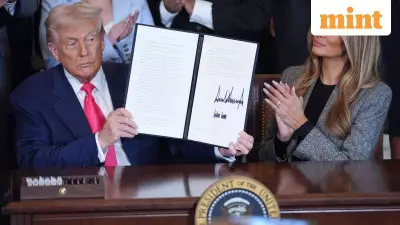
A significant downturn has hit American higher education, with new international student enrollment plummeting by 17% this autumn, according to a recent report. The findings, released by the Institute of International Education (IIE), point to visa complications and policies from the previous US administration as primary causes for the steep decline.
Visa Hurdles and Policy Shifts Deter Students
The report, which gathered data from 825 institutions across the United States, reveals that an overwhelming 96% of schools cited visa application concerns as a major factor behind the drop. A significant 68% of institutions also pointed to travel restrictions initially implemented under the Trump administration.
Many colleges reported that prospective students faced considerable obstacles, including long delays due to extended visa wait times and a temporary pause in visa issuance that occurred earlier this year. These challenges have created an environment of uncertainty for those seeking to study in the US.
Indian Students Lead the National Decline
The report identifies a particularly sharp drop in new enrollment from Indian students, who traditionally form the largest contingent of international scholars in the United States. This sharp decline from India is identified as the key driver behind the overall national trend, significantly impacting the total numbers.
The landscape for international students was further complicated by tighter immigration scrutiny under the previous US government. Key policies affecting student mobility included efforts to cap foreign student enrollment and a controversial authorization for consular officers to demand public social media accounts from visa applicants. Additional measures, such as visa revocations and delays for students seeking renewals, added layers of difficulty.
A Mixed Picture Across US Campuses
While the overall trend is negative, the IIE data shows a varied picture across different institutions. The report indicates that 29% of schools actually saw increases in new international enrollment, while 14% reported no change from previous levels. However, these gains were offset by the majority, with 57% of institutions experiencing declines in their new international student intake.
This mixed pattern suggests that while the broader environment is challenging, some universities are successfully navigating the new realities of international student recruitment.





